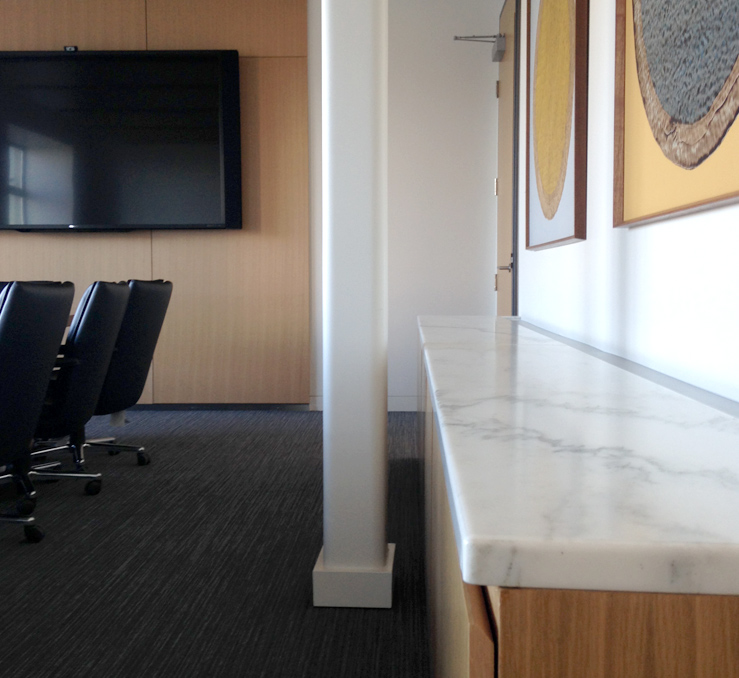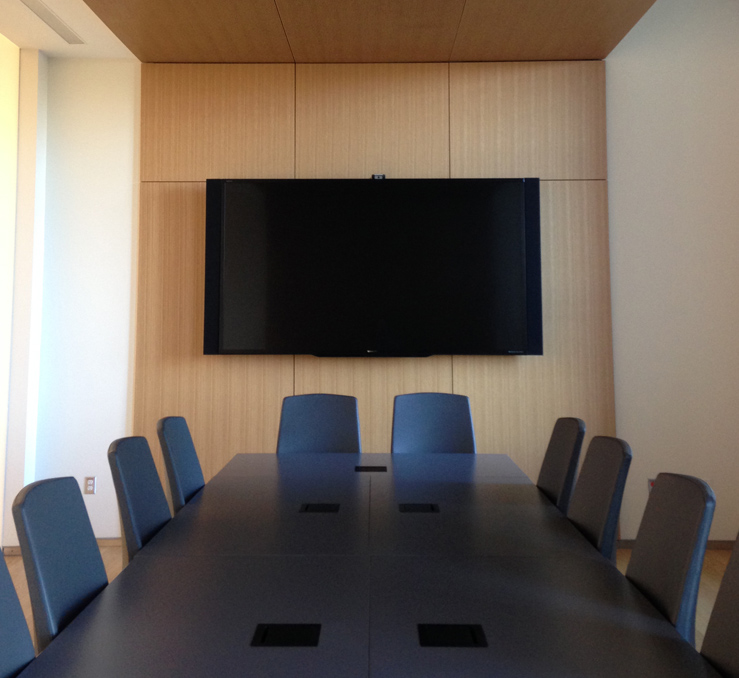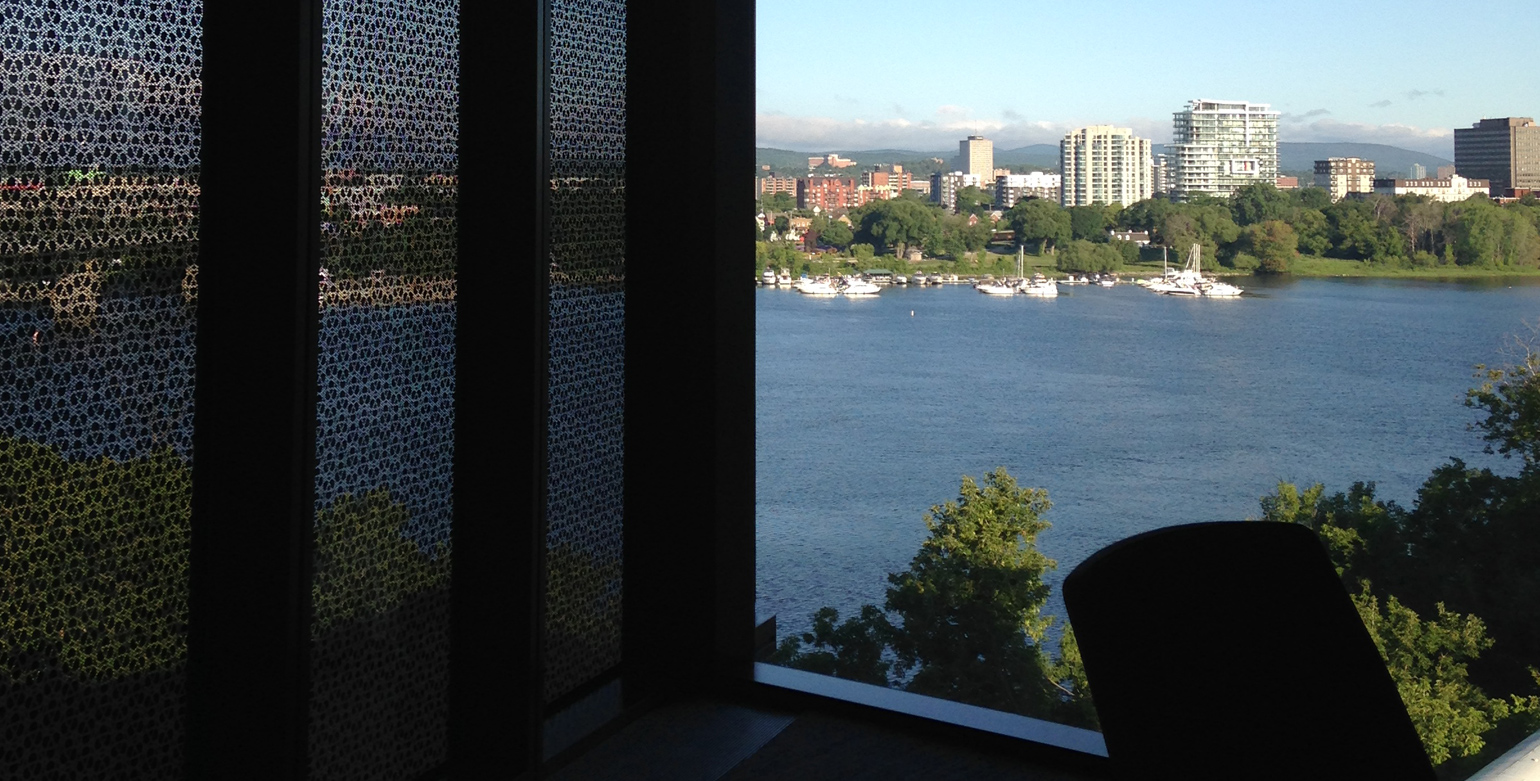This landmark project involved the renewal and rehabilitation of a three storey, 55,000 square foot, nationally-significant heritage building – and the landscaping of its immediate surroundings. The original Building was constructed in two phases in 1904 and 1924, for the Dominion Archives of Canada (1904-1967) and then served as the Canadian War Museum from 1967 to 2003. The Building is designated as a Classified Federal Heritage Building.
At completion, this property became the permanent facility for the Global Center for Pluralism. Prominently located between the National Art Gallery and the Royal Canadian Mint, the stately presence of this historical building is commiserate with the importance of the work done within its thick limestone walls, where the GCP realizes its mandate as an internationally recognized centre of excellence for the study and practice of Pluralism (more information about the GCP and the pluralism mandate can be found at www.pluralism.ca).
The scope included the restoration of key heritage elements, upgrade to existing building structure and seismic reinforcing, the stabilization of the two foot thick exterior stone walls, new electrical and mechanical building systems and services, completely new high level finished interiors, development of new public spaces, and the creation of tenant shell space. The forecourt at Sussex Drive was also landscaped to allow access for public enjoyment and created an appropriate presence for the building on Sussex Drive.
This complex project involved the successful modification of several high risk points of intervention of a historical building, including major modifications to the original structure. In the midst of this highly sensitive work, sections of the original finishes were preserved. In almost every aspect this project required the detailed coordination of intricate interior finishes with new and existing building systems, where architecture and aesthetics could not be compromised for functionality. Acting as construction manager, Lundy added further value to the project by providing extensive value engineering input necessary to achieve the high level of aesthetics desired while keeping within a very strict budget.
Photo credit: Some of the photos are courtesy of the Global Centre for Pluralism


